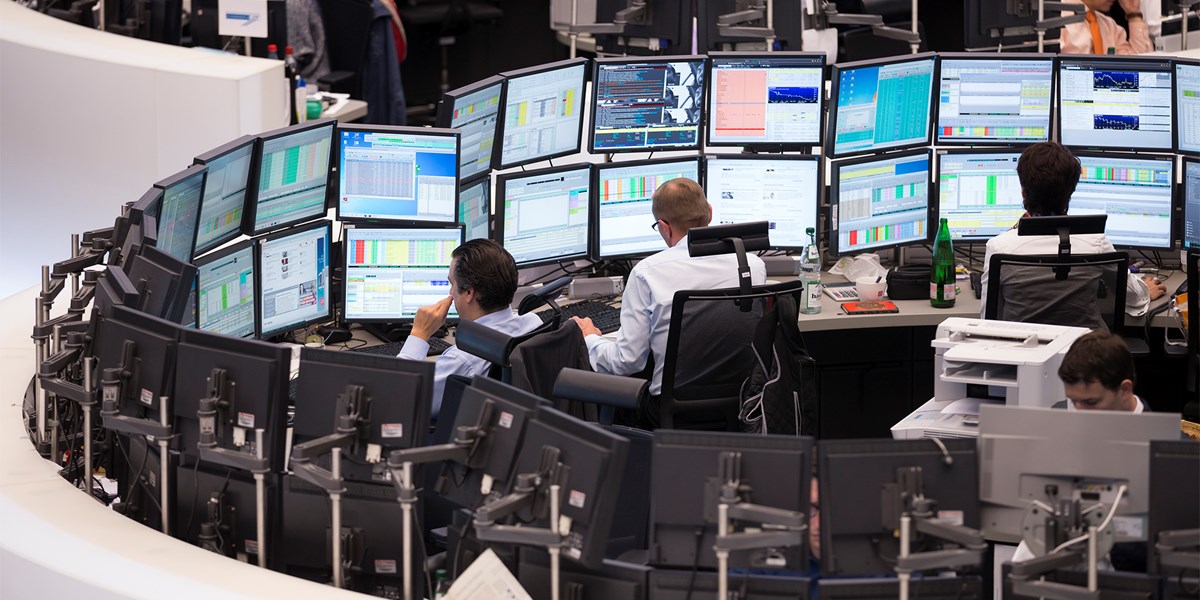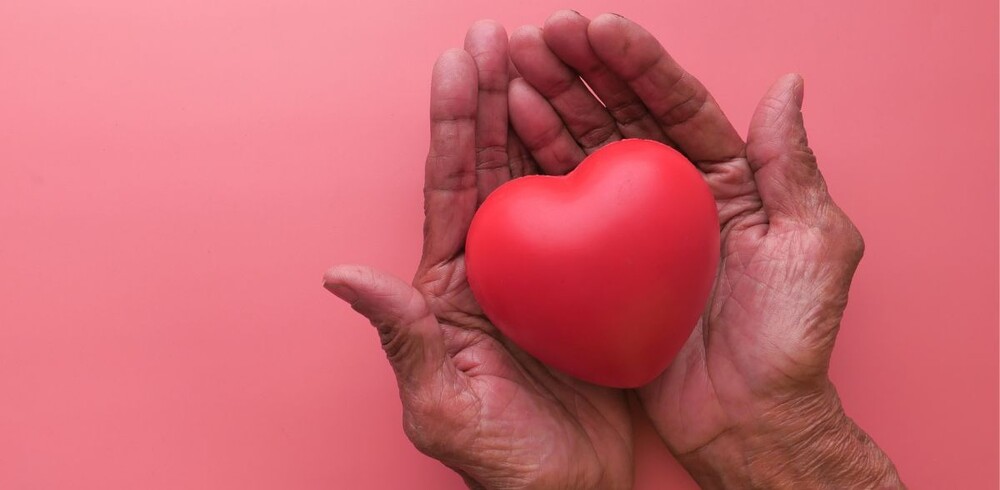According to a recent publication by TNO, 1.6 million Dutch employees suffered from fatigue-related complaints in 2022. This represents 20% of the working population. This is a significant increase compared to 2021, because then there were still 1.3 million employees, or 17%.
Many people are shocked when they read such a message. Being unable to work for months because you have become “burned out” is a scary scenario. But are these numbers and conclusions really correct? Or do we allow ourselves to collectively fear a non-existent occupational disease of this magnitude?
What's wrong with research?
There are a number of things to criticize about TNO's research. First, only fatigue complaints are measured. A fairly broad criterion is used for this: a score of 3.2 on a 7-point scale. This corresponds to “monthly”. In short: Anyone who feels exhausted from work once a month is considered to have a burnout complaint. According to the Utrecht Burnout Scale or UBOS (where the questions come from TNO research), the critical value should be 4.8. Only if you experience fatigue complaints every week do you meet one of the requirements for fatigue complaints.
Interesting details: According to the testing guidelines of the Netherlands Institute of Psychologists, the UBOS can no longer be used because the instrument is outdated. The questionnaire does not reliably distinguish between healthy employees and employees with serious complaints of fatigue. It is impossible to predict who will suffer from fatigue complaints and who will not in the future.
Secondly, to talk about burnout, you will also have to take a number of other elements into consideration. These issues were not raised in the TNO research. According to the Burnout Assessment Tool (BAT), the characteristics of burnout are:
- exhaustion (fatigue),
- mental distance (disengaged, distant work attitude),
- – Emotional dysregulation (failure to control one's emotions),
- Cognitive dysregulation (problems with attention, concentration, and memory).
There is no evidence of a burnout epidemic
So the correct interpretation of the numbers is: 20% of the Dutch working population feels burned out from work on average once a month. It seems clear to me that being burned out does not mean experiencing fatigue complaints once a month. Therefore, there is absolutely no evidence of a burnout epidemic in our country, even though the media (social media) suggests so.
The opposite is true. With approximately 18% of highly motivated employees (corresponding to burnout), we are among the best in Europe, where the average is 11%. 18% may not seem very high, but the requirements for enthusiasm (as a psychological state) are very strict. Then you really need to be energized several times a week, committed to your work and immersed in your work.
Stressful transitional situation
Is there anything wrong at all? No, because then I would be exaggerating, just like TNO. Various studies show that in recent decades there has been a (significant) increase in work-related psychological disorders and psychological complaints due to absenteeism from work. According to Statistics Netherlands, psychological problems are now the most common cause of disability. In 2020, 42% of disability benefits were provided on the basis of psychological complaints.
This in itself is not surprising given the major technological and social changes taking place and their impact on us. The industrial age for the worker has turned into the information age for the knowledge worker. As a result, our ability to lead ourselves is increasingly in demand.
Professional and physical health knowledge is no longer enough. Today it's also about mental fitness and motivation.
Interesting parallel
I saw something similar happen at the end of the 19th century. Then agricultural society turned into industrial society. Due to the constant production and hectic modern city life with telephones, newspapers, trams, advertisements and artificial lighting, many people suffered from mental exhaustion. American neurologist George Miller Bird used the term “neurasthenia” in 1869. This is a combination of the Greek words névro (nerve) and adynamía (weakness) and literally means “nervous weakness”. According to Bird, neurasthenia was the result of busyness and chronic overstimulation. Resulting in nerve exhaustion and organ damage. GPs still use this term today when people feel stressed.
Descriptions of neurasthenia show a surprising number of similarities with fatigue. At that time, overstimulation was caused by landlines and printed information. Today it's about being overstimulated by cell phones and digital information. The same problems, the same complaints, but in a different way. People cannot adapt to the pace of numerous changes and become exhausted.
Keep your mental energy high
The best thing you can do in such a stressful transitional situation is not to be afraid and conserve your mental energy. There are two ways to do this: 1) reduce the cost of energy (task requirements) and 2) increase what saves energy (energy sources).
Many people tend to choose the first path, for example, to work less. If you reduce work demands, this will reduce stress. But the effect at most is that your performance becomes less negative. Therefore, the second method is preferred. Tapping into energy sources leads to more enthusiasm and less stress. In short: your energy, engagement, enthusiasm, motivation, creativity, and proactiveness increase, and your chance of burnout decreases.
Energy sources are divided into two types: energy sources from the organization (or environment) and personal energy sources. It is about ensuring that there are sufficient energy sources available within the organization and within ourselves to cope with all the changes and pressures that this creates.
So we don't work too hard or too much, but we get paid too little.
You can compare it with a mobile phone. Not a problem at all if you use it extensively. But do you then put it on the windowsill or put it in the charger? Unfortunately, we have created a society where we are accustomed to putting ourselves on the windowsill, so to speak. Because of all the technological stimuli and amount of entertainment, many people no longer know what fuels them.
How do you discover what gives energy?
A great way to find out what gives you energy is to write down a number of shining moments. What have been positive experiences for you in recent weeks? When did you start shining? It doesn't matter whether the event is related to your business or is something personal. Both are good. Then try to find out the factors that made you shine. So what gives you energy?
Example
I asked the director I trained: What do you do to recharge your energy? “I'm cycling,” he replied. I said that's interesting, because I think cycling actually costs energy. I understand that it provides a temporary pick-me-up, but what exactly gives you energy? Then he said that he likes to ride bikes with friends and challenge each other to raise the level a little higher each time (progression). Between them they encouraged each other (preaching). When they achieved their goal, they went out for a drink together (connection). Sometimes they would ride in their cars to raise money for a good cause (social impact).
We then looked at how these elements translate into his CFO role. This led to a number of changes in his working life. Results? Within a short time, his mental energy increased significantly and he began to work with greater passion.

“Total coffee specialist. Hardcore reader. Incurable music scholar. Web guru. Freelance troublemaker. Problem solver. Travel trailblazer.”







More Stories
Elbendamers in the Sun: What a Wonderful Little Village
European Space Agency – Space for Kids
This is how to protect your eyes in the summer, according to an ophthalmologist